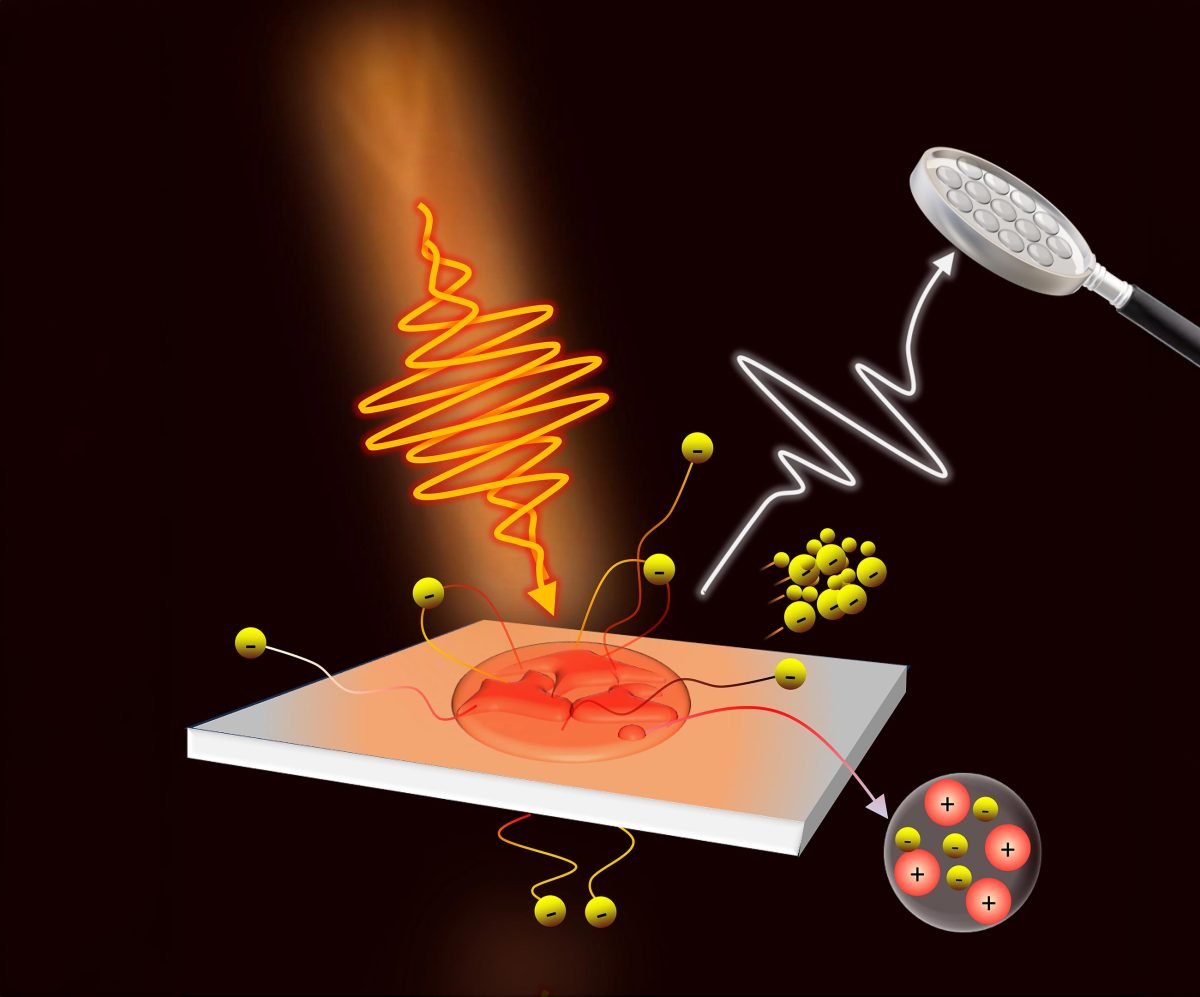Introduction
In a major scientific milestone, researchers at the Tata Institute of Fundamental Research (TIFR) have managed to freeze a trillion-watt laser pulse in a single shot — a feat that could revolutionize the field of ultrafast optics and high-energy physics. This pioneering achievement opens the door to understanding ultrafast events in unprecedented detail, with vast implications across quantum computing, defense, medical imaging, and beyond.
What Is a Trillion-Watt Laser Pulse?
Laser pulses in the trillion-watt range—also known as terawatt laser pulses—are extraordinarily intense beams of energy lasting mere femtoseconds (1 femtosecond = 10⁻¹⁵ seconds). These high-powered pulses are used in cutting-edge research to simulate extreme conditions, such as those found in the cores of stars or during nuclear reactions.
Until now, capturing or analyzing such pulses in real time has been nearly impossible due to their ultrafast nature. That’s what makes this breakthrough so important.
The Breakthrough: Freezing Light in Motion
The research team at TIFR achieved what was previously thought unachievable—capturing and analyzing a single trillion-watt laser pulse without relying on averaging multiple shots. Here’s how they did it:
Key Elements of the Discovery:
Single-Shot Measurement:
Unlike conventional methods that average many laser pulses, TIFR’s technique allows real-time observation of a single pulse.
Ultrafast Optical Imaging:
By using a unique method called Spectral Phase Interferometry for Direct Electric-Field Reconstruction (SPIDER), combined with an innovative optical setup, scientists were able to measure both the intensity and phase of the laser pulse.
Trillion-Watt Pulse Frozen in Time:
This method essentially “freezes” the laser pulse, offering a snapshot of its shape, structure, and energy profile.
Why This Matters
1. Advancement in Ultrafast Science
Ultrafast laser pulses are used to observe and manipulate matter at atomic timescales. This breakthrough enables better visualization and control of those ultrafast interactions.
2. Improved Laser Technology
By understanding the exact characteristics of high-intensity laser pulses, researchers can now optimize pulse shapes for more precise applications in medicine, material science, and military tech.
3. Quantum and Plasma Research
This could boost quantum-level experiments, and also help in controlling laser-plasma interactions, crucial for building compact particle accelerators and simulating astrophysical events.
TIFR Leading the Way
The Tata Institute of Fundamental Research, India’s premier research institute, continues to make waves in fundamental physics. This achievement places TIFR at the forefront of ultrafast optical research globally, showcasing the country’s growing leadership in high-impact science and innovation.
Dr. [Lead Researcher’s Name], one of the principal scientists, said:
“Capturing such an intense laser pulse in a single shot helps us understand light at a completely new scale. It’s like photographing a lightning bolt with microscopic clarity.”
Potential Applications
Cancer Therapy: Enhanced laser-based imaging and treatment
Space Research: Better simulations of high-energy cosmic events
Material Processing: More precise laser cutting and engraving
Fusion Energy: Insights into laser-driven nuclear fusion
Quantum Tech: Precise light control for quantum computing circuits
Conclusion
The successful freezing of a trillion-watt laser pulse in a single shot marks a significant leap in our ability to observe and harness ultrafast phenomena. With applications across science, defense, and industry, this breakthrough by the Tata Institute of Fundamental Research underscores the limitless potential of Indian innovation in global scientific frontiers.
How Scientists Froze a Trillion-Watt Laser Pulse in a Single Shot | Breakthrough by Tata Institute of Fundamental Research

















+ There are no comments
Add yours